Emily Dickinson lived an introverted life and most of her friendships were formed through correspondence. During her life she was known as an eccentric and few people knew of her immense talent. It was after her death that her nearly 1800 poems came to light and she became one of the most famous poets of all time. Here are 10 interesting facts about the life of Emily Dickinson, also known as the ‘Belle of Amherst’.
#1 HER FATHER SERVED IN THE MASSACHUSETTS SENATE
Emily Elizabeth Dickinson was born on December 10, 1830 at her family’s homestead in Amherst, Massachusetts. Her paternal grandfather Samuel Dickinson is known for founding the Amherst College. Her father Edward Dickinson was elected a member of the Massachusetts House of Representatives in 1838–1839 and 1873–1874; and served in the Massachusetts Senate in 1842–1843. Dickinson was the second of three children born to Edward and his wife Emily Norcross. Her elder brother William Austin was born a year earlier while her sister Lavinia Norcross was born in 1833.
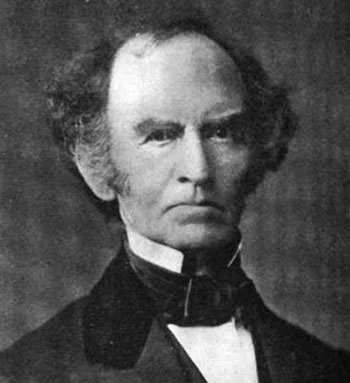
#2 SHE JOINED AN ALL-FEMALE SEMINARY BUT QUIT WITHIN A YEAR
Dickinson joined the Amherst Academy in 1840 and finished her final term there in 1847. According to her principal Emily was a “very bright” student and “an excellent scholar, of exemplary deportment, faithful in all school duties”. After school, Dickinson attended the Mount Holyoke Female Seminary but she stayed there only for ten months. There is much speculation about the reason for her leaving the seminary but it is not known with certainty. Dickinson’s departure from Mount Holyoke marked the end of her formal schooling.
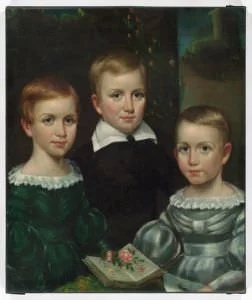
#3 BENJAMIN NEWTON PLAYED AN IMPORTANT PART IN HER LITERARY DEVELOPMENT
In late 1840s, eighteen year old Dickinson befriended Benjamin Franklin Newton, a twenty-six-year-old aspiring law student who worked in her father’s firm and frequently visited the Dickinson household. Newton was well read and guided Dickinson to poets and authors he esteemed. He recognized her talent for writing and encouraged her. Newton left Amherst for Worcester in 1849 and married there in 1851. But he kept writing to Dickinson and guided her. He died from tuberculosis on March 24, 1853. His death deeply affected Dickinson. Though it is unlikely that their relationship was romantic, Benjamin Newton had a profound influence in her development as a poet.
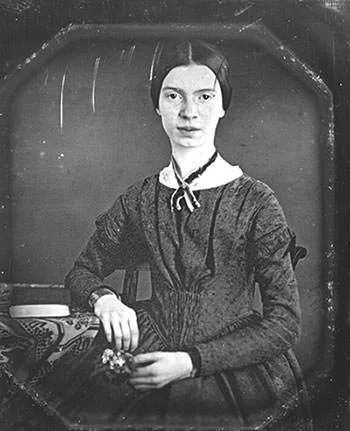
#4 SHE TALKED TO VISITORS THROUGH DOORS
From mid-1850s to her death in 1882, Dickinson’s mother remained bedridden due to various chronic diseases. According to Emily’s sister Lavinia, their mother required one of her daughters to remain with her constantly and Dickinson took that role upon her. Lavinia adds that “finding the life with her books and nature so congenial, [Dickinson] continued to live it”. Dickinson continued to withdraw from social life to the point that she didn’t leave her family property in the last two decades of her life, spoke to visitors through doors so she didn’t have to face them and when her father died in 1874, she listened to his funeral, which was conducted in the hall, from the privacy of her bedroom above.
#5 SHE WAS KNOWN MORE FOR HER GARDENING THAN HER POETRY
Although she was a recluse, Dickinson had a good rapport with children. Apart from being a good aunt to her brother’s children, she also offered support to neighborhood children. During her life Dickinson was known locally as the “Myth of Amherst”. Also, she “was known more widely as a gardener, perhaps, than as a poet”. She studied botany from the age of nine and, along with her sister, tended the garden at Homestead, which was well known in Amherst for its beauty. She was also known for dressing only in white. Her only surviving article of clothing is a white cotton dress.
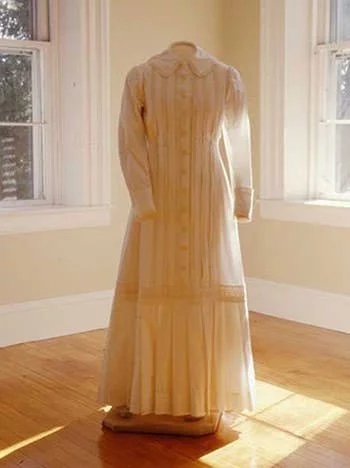
#6 THE NATURE OF HER RELATIONSHIP WITH SUSAN GILBERT IS DEBATED
One of Dickinson’s strongest relationships was with Susan Huntington Gilbert whom she met at Amherst Academy and who married her brother Austin in 1856. Over the course of their friendship, Emily sent Susan numerous letters and poems, more than to any other correspondent. The nature of their relationship is debated. Some scholars regard the passionate language used by Dickinson in her poems and letters dedicated to Susan as an indication that Susan was the central erotic relationship in Dickinson’s life. While others debate that such language also appears in other correspondence of Emily and that their relationship should be viewed with respect to the period in which it occurred.
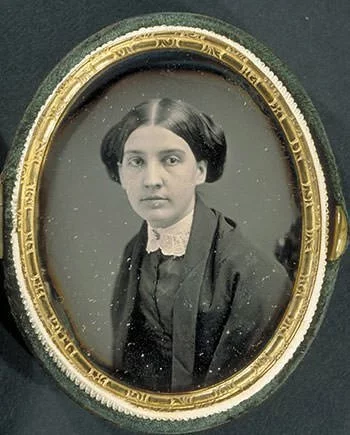
#7 HIGGINSON WAS HER CORRESPONDENT AND LITERARY MENTOR
In April 1862, soldier, politician and author Thomas Wentworth Higginson published an article in the Atlantic Monthly which advised budding writers to step up. In response Dickinson enclosed four poems and sent a letter to Higginson asking, “Are you too deeply occupied to say if my Verse is alive?” This started a correspondence which lasted till Emily’s death. Higginson’s interest in her work provided Dickinson great moral support and she went from calling him “Mr. Higginson” to “Dear friend”. Their relationship is explored in the critically acclaimed book White Heat by American nonfiction writer Brenda Wineapple.
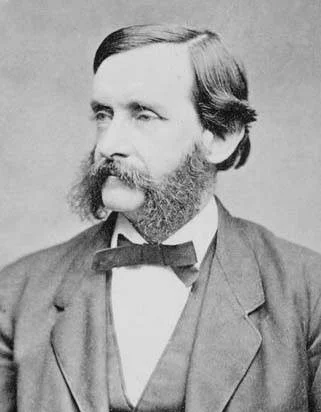
#8 She HAD A LATE LIFE ROMANCE WITH OTIS PHILLIPS
In early 1870s Dickinson became friends with Judge Otis Phillips Lord. After the death of Lord’s wife in 1877, their friendship developed into a romance. Lord and Dickinson wrote to each other every Sunday. Lord even proposed marriage to Dickinson but she refused saying: “Don’t you know that you are happiest while I withhold and not confer?” Judge Lord died in March 1884. Two years later on May 15, 1886, Emily Dickinson died at the age of 55. The cause of death was given as Bright’s disease.
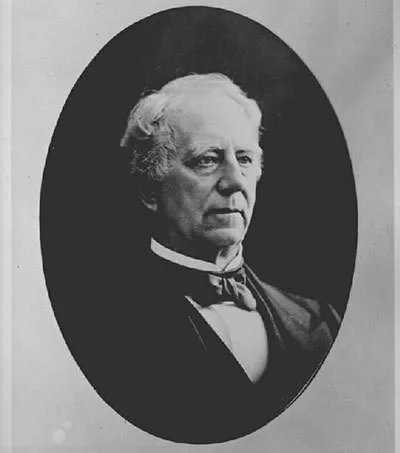
#9 FEW OF HER POEMS WERE PUBLISHED DURING HER LIFE
Dickinson was a prolific writer but during her lifetime only a handful of her poems got published. In the summer of 1858 Emily began reviewing her previous work and started making clean copies of her poems in notebooks. By 1865 these books contained about 800 poems but no one became aware of their existence. It was after her death that her younger sister Lavinia discovered a collection of nearly 1800 poems written by Dickinson. The first volume of Dickinson’s poems was published in November 1890 but it was not till 1955 that all of her poems were published.
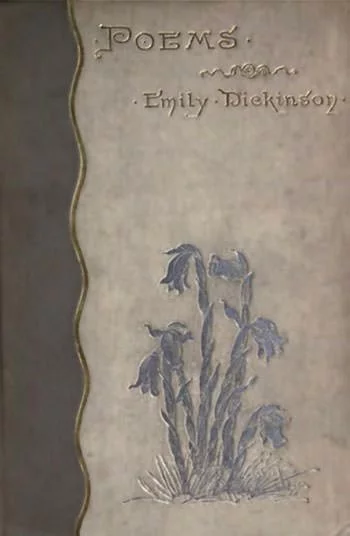
#10 INITIALLY CRITICS DISAPPROVED OF Her NON-TRADITIONAL STYLE
Initially there was mixed response to Dickinson’s poetry with some praising its “rare individuality and originality” while others disapproved her unusual non-traditional style. Interest in Dickinson’s poetry became widespread by the early twentieth century and critics realized that the irregularities in her poems were consciously artistic. With time Dickinson became a powerful figure in American literature and was recognized as an innovative, pre-modernist poet. Today Dickinson’s poems are taught in classes in the United States from middle school to college and she is ranked among the greatest poets in the English language.

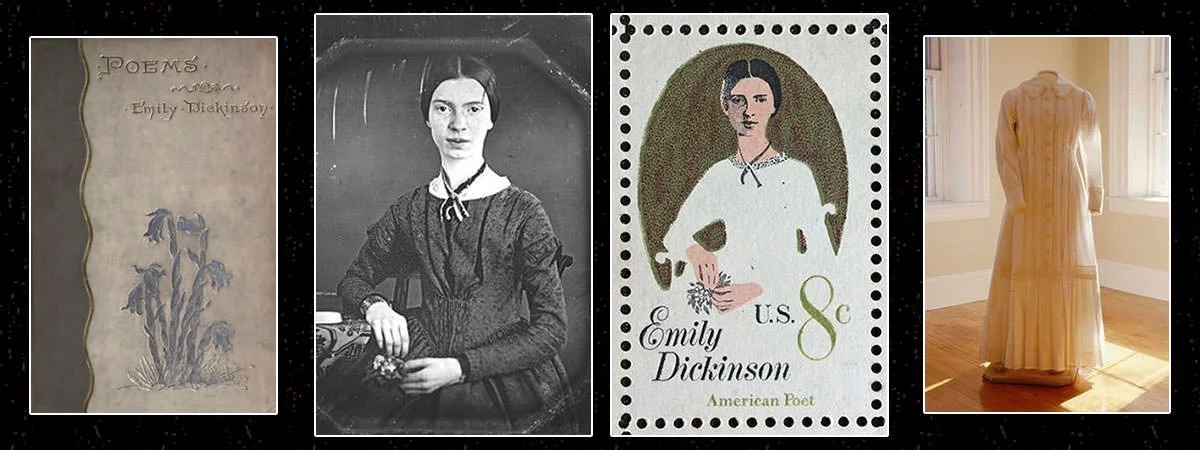
Emily dickinson may have not been the most social person, because she ived much of her life in reclusive isolation. But Emily Dickinson is stiil a great sucessful poet and she did have deeply thought poems. And maybe without a diffrent life/point of veiw/or mindset she might not have wrote such diffrent/moving poems.
she is an amazing women overall with great qualities
She was basically a mentally insane woman who would rather garden and write poetry instead of communicating with real human beings.
To each their own.
their should be a works cited spot
She also didn’t believe in God, and wrote on a terribly narrow desk, and the Amherst Cemetery was visible from her bedroom window, so as a child she experienced burials on a daily basis. Wonderful article otherwise. It will help on my report.
Yes, in fact, she did believe in God.